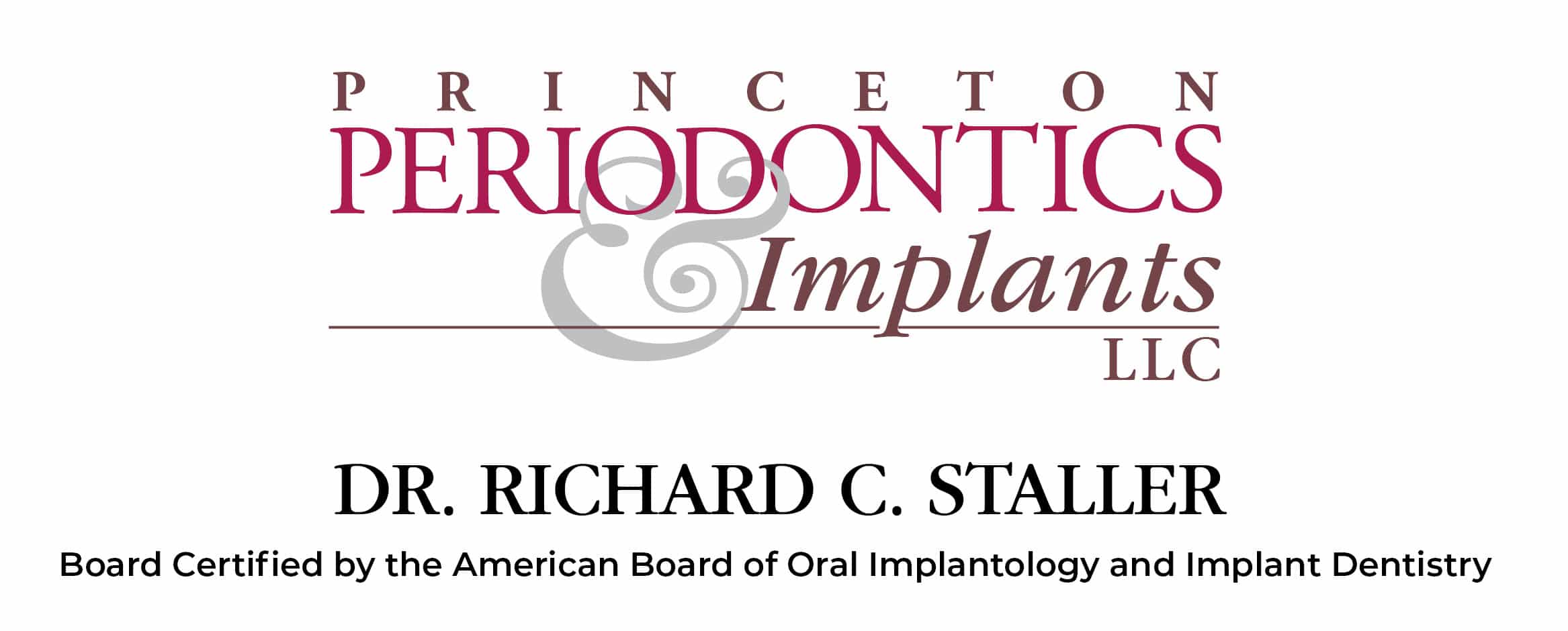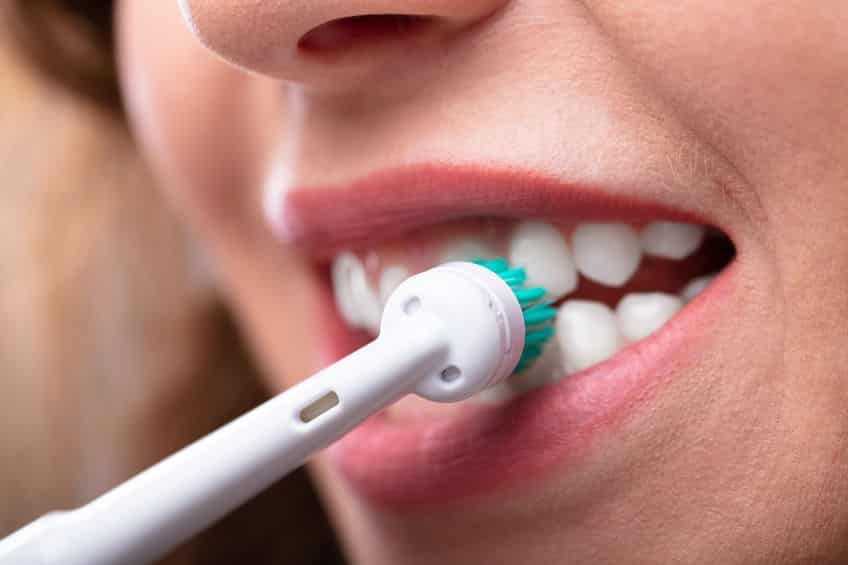Evidence of toothbrushing dates back as far as 3500 BC. And toothpaste goes back even further, to 5000 BC. Sure, there were marked improvements in both along the way, but the act of applying paste to a brush and scrubbing your teeth was pretty straightforward for the last 5,500 years or so.
But with the rise of the electric toothbrush—invented in 1939, it first emerged in the United States in 1960, but it’s only really gone mainstream over the last 20 years everything’s been drawn into question: Was I doing it wrong all this time with my regular, ol’ manual toothbrush?
Before I get into whether an electric toothbrush is any more effective than a manual one, it’s important that you understand the immense value of brushing. Every time you brush your teeth, you’re ridding your mouth of a biofilm of bacteria. Left unchecked, it would become plaque, which opens the door to tooth decay and gingivitis, the first stage of gum disease, which is also known as periodontal disease.
So, what’s most important here is that either an electric or manual toothbrush, in combination with fluoride toothpaste and flossing, is effective at keeping your teeth and gums clean and protected as long as you do it daily.
What the research says
The reason a frontrunner hasn’t yet emerged isn’t for lack of research. There have been plenty of studies on this topic. Rather, it’s because there isn’t a distinct difference. Overall, electric toothbrushes, when compared with manual toothbrushes, seem to have an edge, but it’s slight.
The findings that have drawn the most attention come from a 2014 meta-analysis (a study of a bunch of similar studies) that examined 51 randomized controlled trials involving adults and/or children brushing their teeth with electric or manual toothbrushes for at least four weeks.
“[T]here was an 11% reduction in plaque at one to three months of use [of an electric toothbrush], and a 21% reduction in plaque when assessed after three months of use,” the study’s authors concluded. “For gingivitis, there was a 6% reduction at one to three months of use and an 11% reduction when assessed after three months of use.”
Those results are pretty consistent with most of the other studies that have been conducted. So, case closed, right? Not so fast. While those figures may sound decisive, the differences are actually relatively minimal. It’s not exactly a wash, but they’re not substantial enough either for any authority to recommend one over the other.
Which means that, ultimately, the best toothbrush for you is whichever one enables you to brush twice a day.
The advantages of an electric toothbrush
That said, an electric toothbrush does have certain advantages over a manual brush for some people.
There’s a lot of variety among electric brushes these days, but they generally use one of three methods to do the job: vibration, rotation (the brush head goes around in a circle), and oscillation (the brush head moves back and forth). They also tend to have larger handles than manual toothbrushes. These features make electric toothbrushes a good option for those with dexterity issues due to conditions like rheumatoid arthritis or osteoporosis, or just general aging.
The bristles on an electric toothbrush are also usually smaller clusters, which enables them to deliver a more targeted cleaning. That can be of particular benefit to someone with braces or dental restorations.
If you have a tendency to brush your teeth and gums too hard, electric toothbrushes can help with that, too. Since they do a lot of the work, applying too much pressure becomes less of an issue. Some even have pressure sensors that freeze the toothbrush if you’re pressing too hard.
And, don’t be so quick to gloss over the fact that your child is so completely absorbed by the vibrating. Getting a kid to brush their teeth day in and day out is a draining chore. Any time you can find an advantage, it’s a win.
It’s also OK if the vibrating has the same effect on you. At least one study found that people were more focused when they brushed with an electric toothbrush. That’s no small thing because it could potentially improve how well you clean your teeth.
It’s a matter of preference
A few things to keep in mind if you decide to go shopping for an electric toothbrush after reading this:
Be prepared to spend more. Cost has always been one of the biggest barriers to electric toothbrushes. The pricing has improved as they’ve become more widespread, but they still range from $15 to $250. Don’t forget to take into account the cost of replacement brush heads, too. They generally come in packs of multiples and cost between $10 and $45.
Look for soft bristles. That goes for both manual and electric toothbrushes. Anything harder can damage your gums and even form little notches on your teeth. Not sure what qualifies as soft? Look for toothbrushes with the American Dental Association Seal of Acceptance.
Swap out the brush heads regularly. Ideally, you should be replacing your manual toothbrush every three to four months. Much longer and the bristles will become too frayed to get into the little crevices between your teeth. Aim to replace the brush heads on your electric tooth brush at least as often.
Simple as something like brushing your teeth may seem, we all have our own individual needs and preferences. So, the best way to determine which kind of toothbrush is right for you is to simply find out for yourself which feels like the best fit. If you’re using a manual toothbrush and you’re happy with the results, stick with it. But if it’s lacking, experiment with a cheaper electric toothbrush before committing.
If you’re having trouble sticking with an oral hygiene routine, schedule a consultation with me. I’ll conduct a Comprehensive Periodontal Evaluation, and we can discuss some ways to get you back on track.

